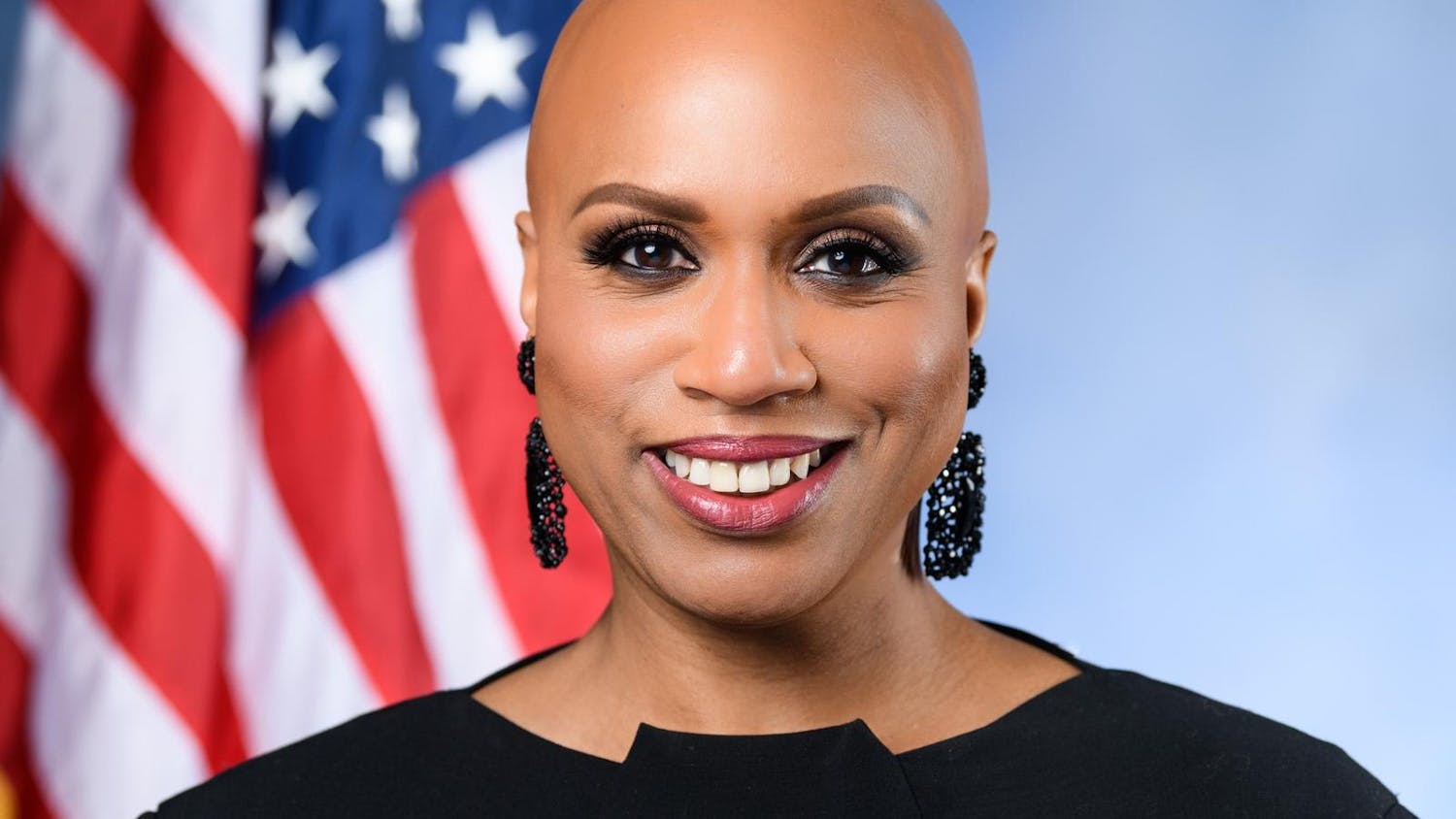Next spring, the mystery of a controversial historical figure, an aged tome and an undecipherable code will be solved — not in Dan Brown's next novel, but within the hallowed halls of the John Carter Brown Library.
As part of a group independent reading project, a team of undergraduates will work to decode a mysterious shorthand thought to be written by Rhode Island founder Roger Williams.
The book containing the shorthand is part of the JCB's collection and is subtitled "An Essay Concerning the Reconciling of Differences among Christians." The book's author is unknown and it has no title page, but includes a letter identifying the shorthand as Williams'.
Simon Liebling '12 and Chris Norris-LeBlanc '13, who are both history concentrators and Herald opinions columnists, will head the project.
Liebling said he learned through the Curricular Resource Center that the JCB had been interested in finding undergraduates to tackle the shorthand.
Upon seeing the book, Liebling was immediately transfixed. "The opportunity, I think, to do something hands on and original was so exciting to both Chris and myself. But we basically just looked at each other and knew it was something we wanted to do," he said.
Katharine Mead '12, an American studies concentrator, will work with Liebling and Norris-LeBlanc. The group is still interested in recruiting participants with expertise in other disciplines, she said.
"We would be particularly interested in students who would bring a more quantitative or scientific background," Leibling added.
Edward Widmer, director of the JCB, said technology could offer the key to deciphering the code.
Widmer has already drawn on a variety of sources for help in the endeavor — holding meetings with mathematicians, JCB board members, librarians, an English professor and Barnaby Evans '75, the founder of WaterFire.
"It's a very Brown kind of approach to this project," Mead said of the interdisciplinary strategy. She noted that the project has already garnered feedback from several professors interested in contributing.
Liebling said the participants have yet to determine the exact course of action, but he thinks it will be important to incorporate a study of shorthand's history and previous successful attempts at deciphering codes before attacking the book itself.
A similar shorthand also attributed to Williams can be found in the Eliot Indian Bible, housed in the John Hay Library. Linford Fisher, assistant professor of history who specializes in early America, said proving Williams' authorship will be an important component of the project.
"He's an individual with a lot of intellectual depth and intrigue," Fisher said of the visionary theologian. The shorthand's meaning could be something as interesting as a diary, a comment on the book's text or Williams' theological musings, or as mundane as Williams' copy of another text to practice his shorthand, he said.
Widmer said if they can prove Williams' authorship, decoding the shorthand would be an exciting historical discovery, even if its meaning turns out to be lackluster. "Roger Williams is an important enough person that every word he ever wrote was meaningful," he said.
Widmer said he hopes the project will increase recognition of Williams, who played a prolific role in the history of early America and left a legacy of religious toleration and respect for minority rights.
Both Liebling and Mead are cautiously optimistic about the prospects of breaking the code. Though Liebling said he has fantasized that the annotations will lead to buried treasure under Prospect Park, he said it will be difficult to predict the likelihood of cracking the code until the project is underway.
Regardless, Liebling and Mead said they anticipate the process will be a rewarding one. "To take a shot at something no one's ever done before, whether or not that's successful, I think that's a very unique opportunity for an undergraduate and something I'm very excited about," Liebling said.
He said he also hopes the project will increase awareness about the JCB, which he considers an under-appreciated resource at Brown.
The book is available online in the JCB's archives and will be on display at the library until Nov. 30.




